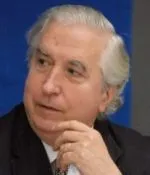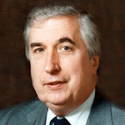
Faculty Governance Requires Faculty Accountability: A Response to David Pozen
In a recent Balkinization post, my colleague and friend Professor David Pozen critiques the power held by the office of Columbia University President Minouche Shafik and argues for a more “democratic model of internal governance.” Alongside his …
 Sky Blog
Sky Blog







